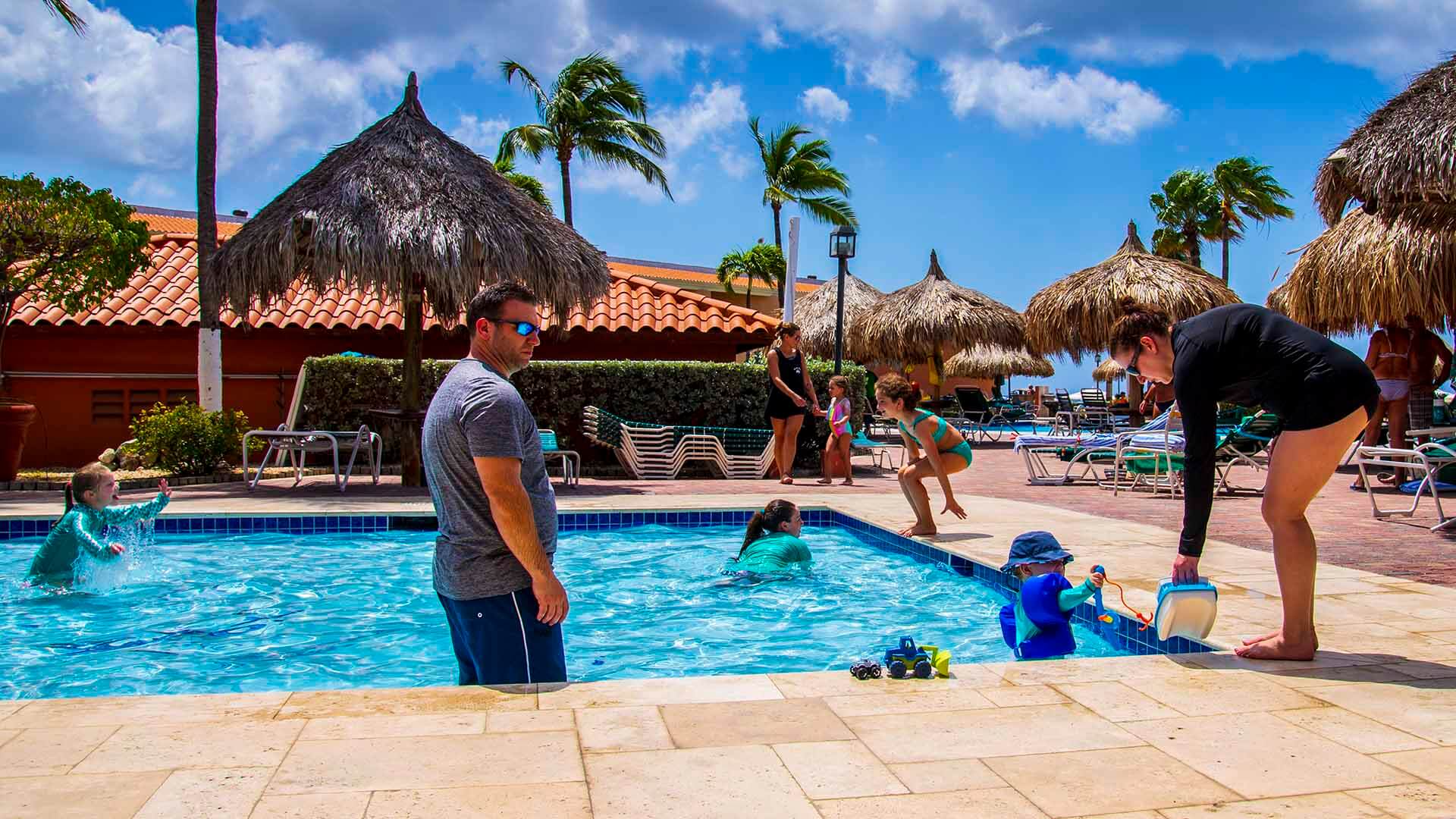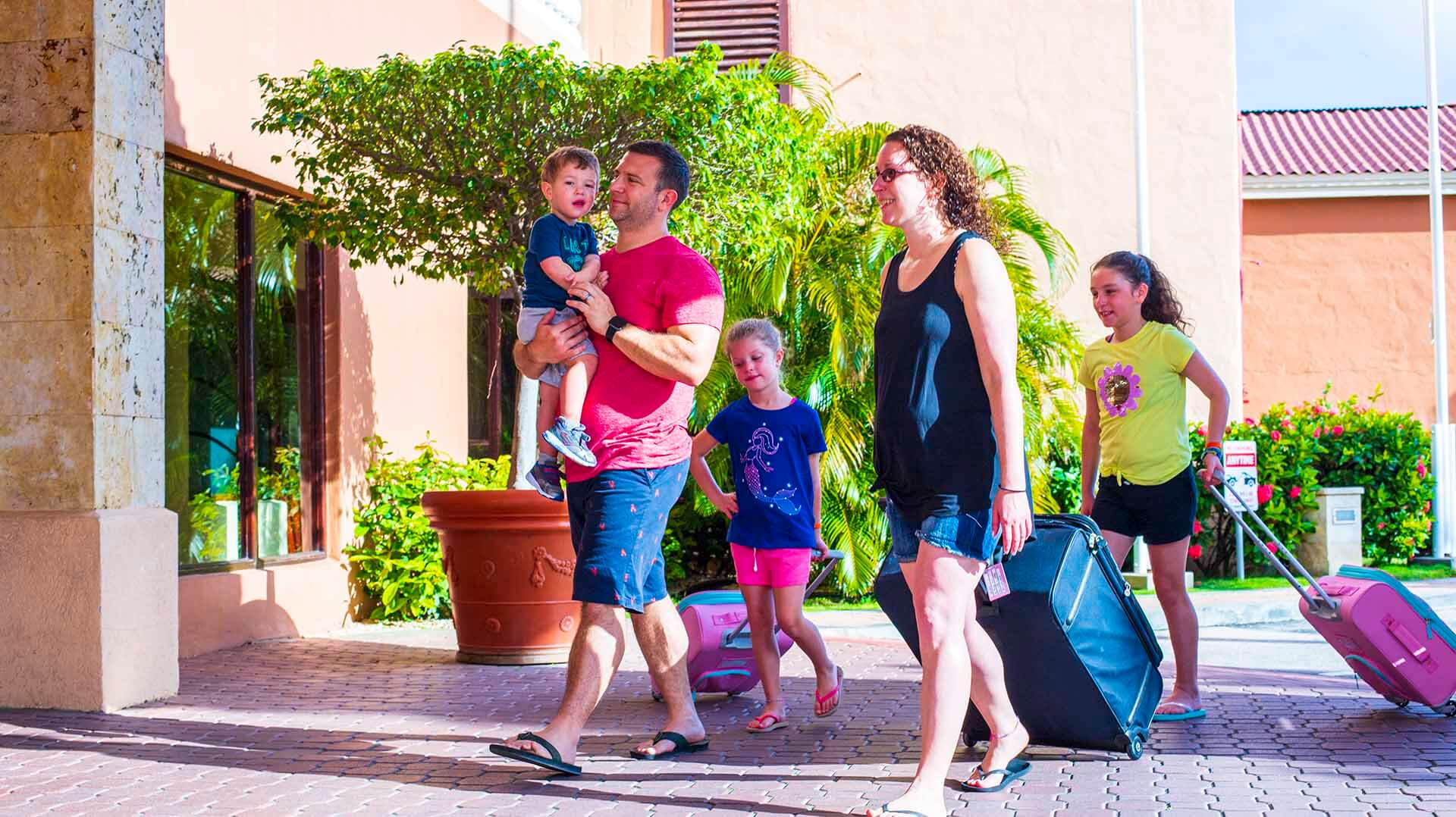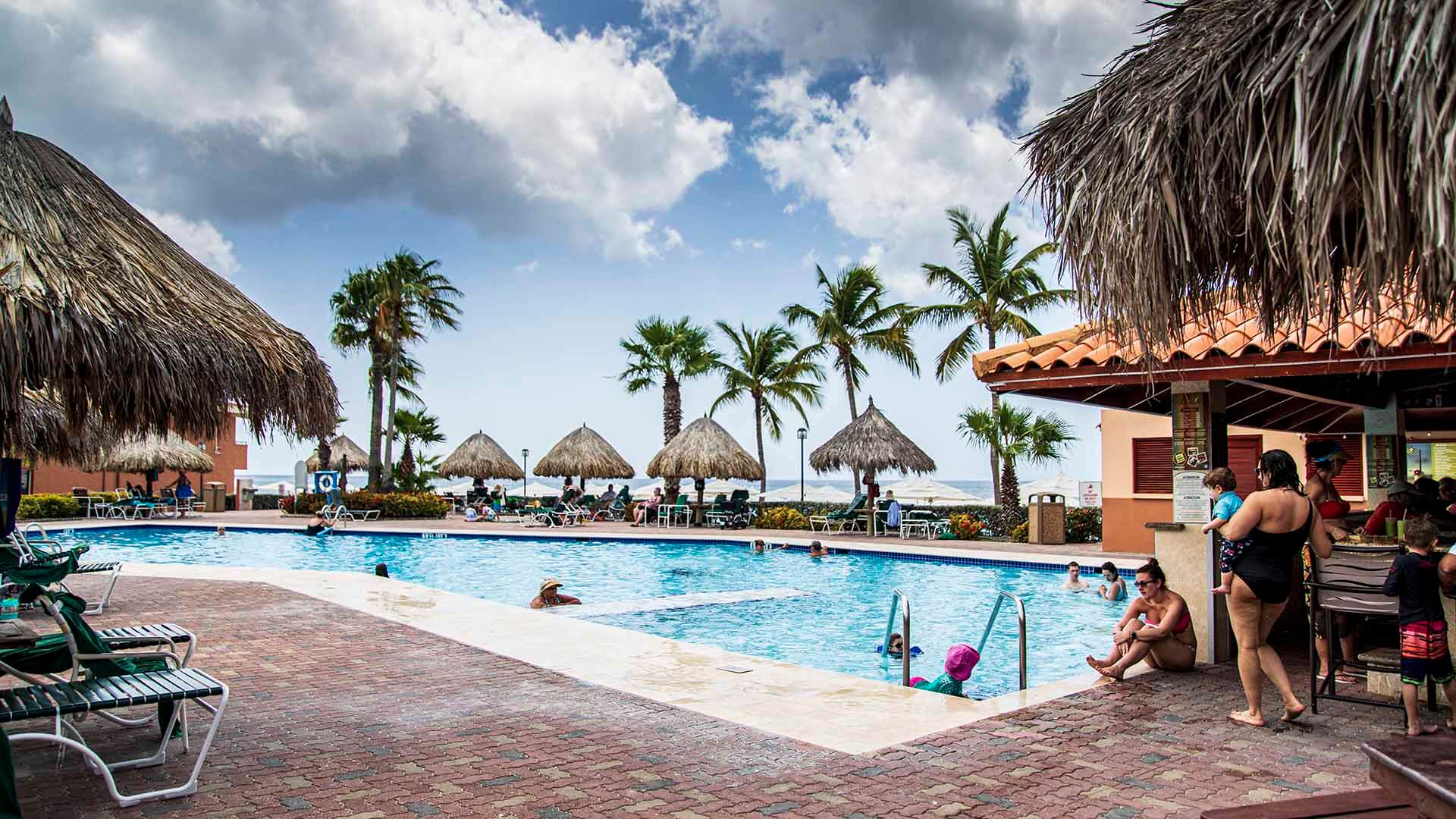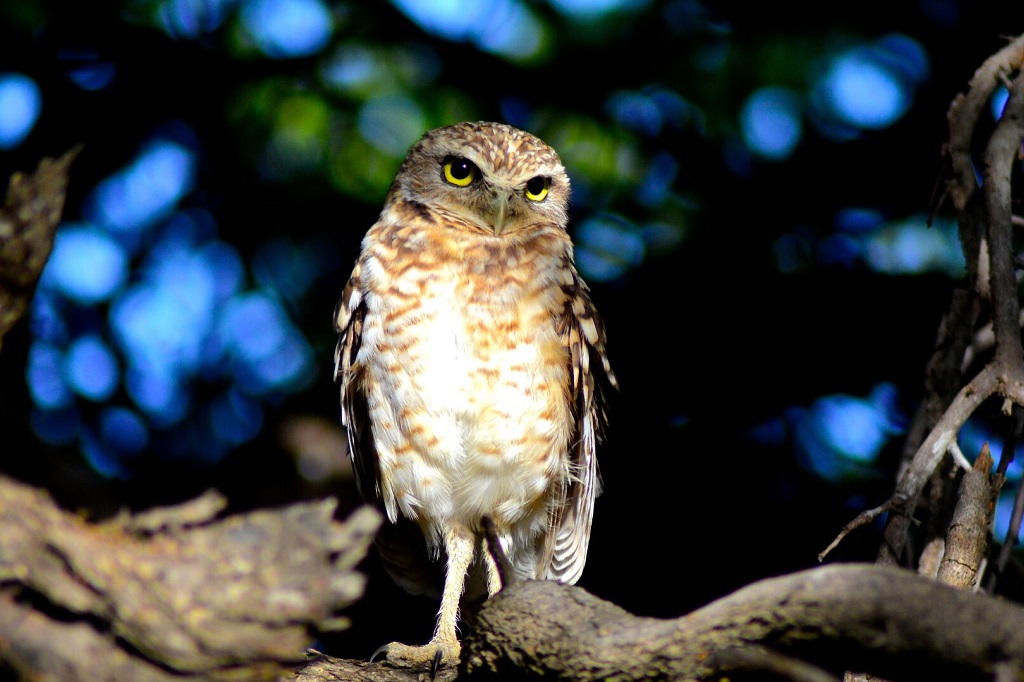Aruba Beach Club Resort, located in Eagle beach Aruba likes to introduce to you Wildlife Aruba Vacations: Discover the animals of Aruba.
When planning a Caribbean vacation, you might wonder how many exotic animals you’ll spot. When that vacation is to Aruba, the answer is: a lot!
The island is called home by a kaleidoscope of lizards, slithering snakes, funky-looking crabs, hatching turtles, monarch butterflies, mountain-climbing goats, donkeys and of course the neon-green Prikichi; also known as Aruba’s national bird. After putting on your snorkels and diving into Aruba’s crystal clear seas, you can feast your eyes on an array of tropical fish – ranging from the psychedelic parrot fish to the sneakily hidden nerite. Who knows, you might even find Nemo.
Watching the strange animals of Aruba
Aruba always seems to know how to serve just the right balance between relaxation and adventure. This comes particularly evident when uncovering the animals of Aruba. Sure, you may lounge on white sandy beaches. But hidden underneath that sand is the Atlantic Ghost Crab, an entertaining creature that can waggle its eyes and throws heaps of sand across the beach. When going for a refreshing dive in the sea, a miraculous maritime world awaits you. Tropical fish in every color imaginable swim alongside coral, crabs and starfish. Better pack your binoculars, camera and snorkeling gear, because watching the wildlife of Aruba is a fascinating vacation activity. And since the animals of Aruba don’t stick to anyone’s schedule (they don’t own brimful Google Calendars like you do), watching them is an exercise in mindfulness. Seriously, you can’t get more in-the-moment than when you’re quietly observing a turtle as it slowly flippers its way to the sea. Keen on spotting them, and curious what animals are in Aruba? We’ve compiled the most common, colorful and dangerous animals you’ll find in Aruba.
The most common (and most dangerous) animals in Aruba
As you’ll go for a hike or bike ride across Aruba, you’ll likely spot some Caribbean animals most common to the island. Whiptail lizards (and probably a few other types of lizard), donkeys, long-haired goats, iguanas and flamingos will probably make their presence known. You might even spot a parakeet, spoonbill or owl. But if you want to see the rarest creatures flying the skies of Aruba, you should go birdwatching. Equipped with a pair of binoculars and a zen-like patience, you’ll spot rare hummingbirds, pink ibises, colorful macaws and much more. Although all animals in Aruba (however harmless) should be treated with peace and respect, there are a few animals around which you should tread extremely carefully. The most dangerous animals in Aruba include the venomous pit viper also known as the Aruba rattlesnake, as well as sharks. There’s also an assortment of bugs and jellyfish which may sting – but hardly ever with grave consequences. As with many animals, Aruba’s “dangerous” animals don’t attack unless they feel threatened. Just leave them to their thing and don’t interfere on their space, and you’re probably safe.
Caribbean fish
Where Aruba’s lands are full of fascinating mammals, reptiles and insects, the seas are even fuller of bewitching fish. When you think of Caribbean animals, you usually think of Caribbean fish – which dominate the Caribbean seas with all their color, squiggly tales and translucent fins. When out diving or snorkeling, you’ll likely spot some of the most common fish in Aruba. parrotfish, hogfish and damselfish all gleefully make their way through the crystal clear waters. But Aruba’s marine life also includes crabs, corals and shells. To ultimately enjoy the Caribbean Sea wildlife when swimming, snorkeling or diving – it’s important to treat every creature and every bit of Aruba’s nature with the same respect you’d treat the home of your best friend’s parents. In other words: revel in the beautiful colors Aruba’s flora and fauna has to offer, but don’t take anything home as a souvenir.
Aruba’s wildlife sanctuaries
When discovering Aruba, you’ll stumble upon a variety of animal sanctuaries. Each is tailored to care for a different species, yet most of them are open to human visitors too. The Bubali Bird Sanctuary is a stretch of wetland home to a wonderful selection of birds (both endangered and otherwise), that is free to enter for those who like to go hiking or birdwatching. Close by, you’ll find the butterfly farm. Here, you can feast your sights on hundreds of butterflies flying around across the confines of the farm. A bit further down, you can visit the Aruba Ostrich Farm, with (as you’ve probably guessed) an abundance of ostriches! There’s also the Donkey Sanctuary, which offers a safe haven for injured or abused wild donkeys – and a lovely experience for its human visitors.

















